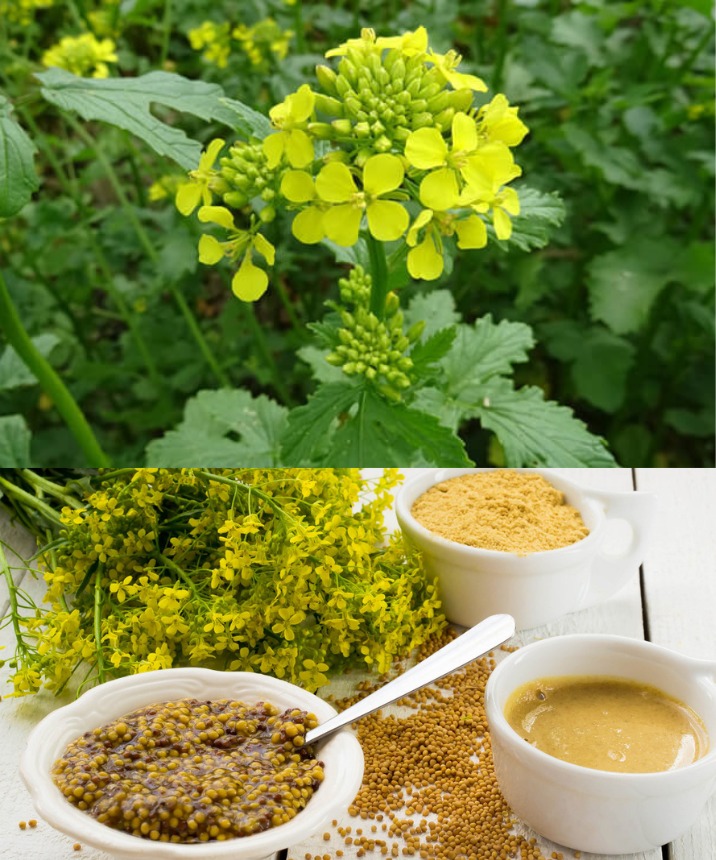Mustard cultivation can be a rewarding experience for gardeners of all levels, as it is relatively easy to grow and offers numerous benefits. Here are some tips for success in mustard cultivation:
Choose the right time and place: Mustard prefers to be sown in spring or autumn in areas where it receives plenty of sunlight. Make sure to plant it in well-drained soil rich in organic matter.
Prepare the soil: Before sowing the seeds, prepare the soil by tilling and weeding it carefully. You can also add compost or organic fertilizer to enrich the soil.
Sow the seeds: Plant mustard seeds to a depth of about 1 to 2 centimeters in rows spaced 30 to 45 centimeters apart. You can also sow the seeds broadcast if you prefer a denser planting.
Water regularly: Keep the soil moist but not waterlogged by watering regularly. Make sure not to let the soil dry out between waterings, especially during hot and dry periods.
Control weeds: Weed regularly around mustard plants to avoid weed competition and promote healthy growth.
Fertilize as needed: If your soil is nutrient-poor, you can fertilize mustard plants with balanced fertilizer or compost to promote vigorous growth.
Monitor pests and diseases: Mustard plants are usually resistant to pests and diseases, but it’s always good to monitor for signs of infestation or disease and act promptly if necessary.
Harvest at the right time: You can start harvesting mustard leaves as soon as they are large enough to be used in cooking, usually around 4 to 6 weeks after sowing. You can also allow mustard plants to flower and produce seeds for a later harvest.
By following these simple tips, you should be able to successfully cultivate mustard in your garden or vegetable patch. Enjoy its delicious leaves in salads, stir-fries, and other dishes, and explore the many culinary uses of this versatile plant.
